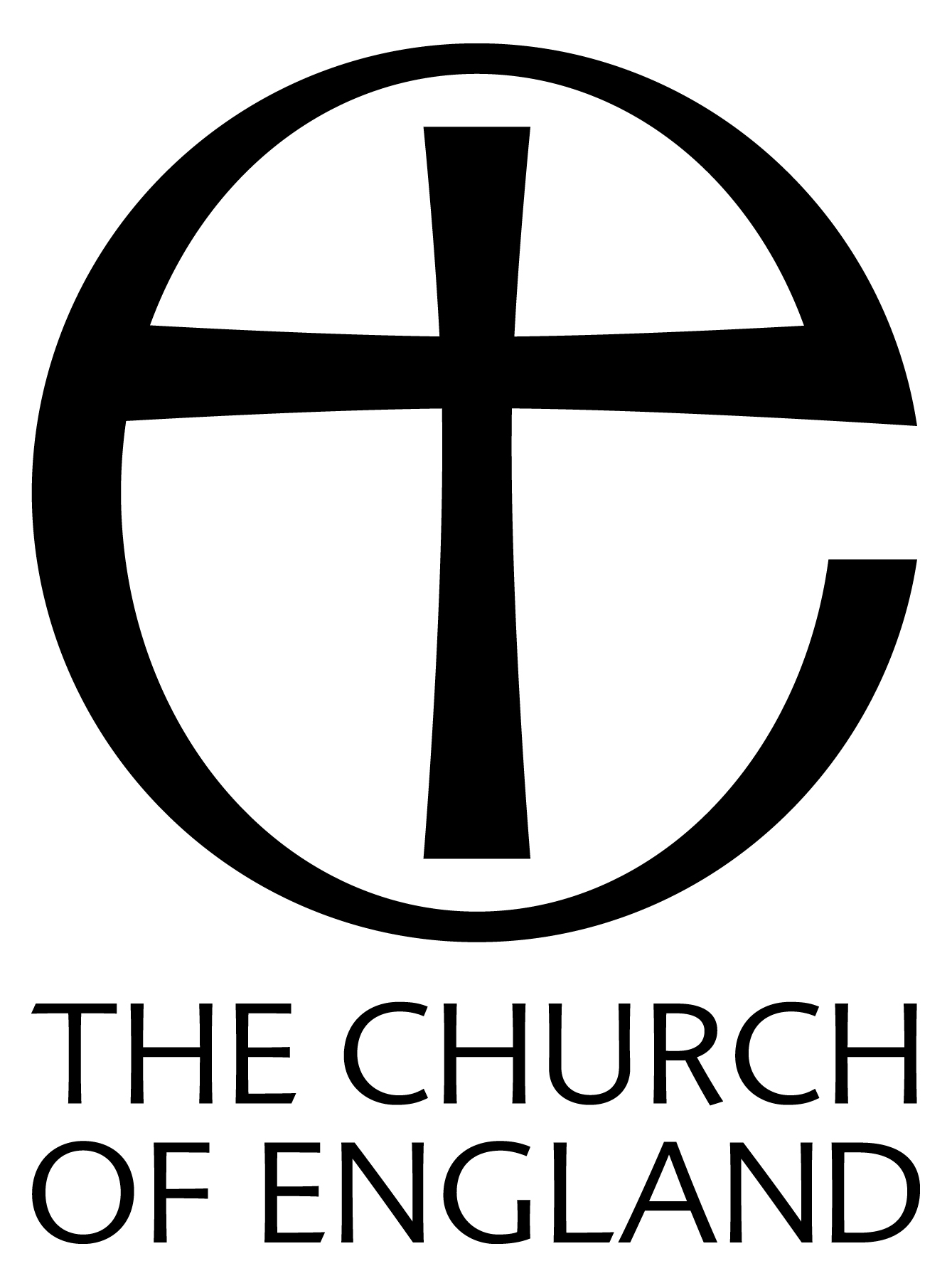Reproduced from
DRYPOOL -
Being a History of the Ancient
Parish of Drypool cum Southcoates
by M. Edward Ingram (1959)
by M. Edward Ingram (1959)
| < < < | > > > |
|
In Drypool there were four fields-Arnescroft, Kirkefield, a Middle Field, and Drypool West Field, already mentioned. Bordering the Humber in both Drypool and Southcoates was reclaimed land, known as the Growths, or Groves. Summergangs was an area of pasture, always damp and subject to flooding. It was only available in summer, and not always in that season. The main part lay to the north of the Holderness Road, and occupied nearly a third of the total area of the parish. In this pasture the monks of Meaux had grazing for 400 sheep, whilst the nuns of Swine had similar pasturage for 500 sheep, and all other cattle except pigs. At the Dissolution this was worth 26/8 per annum. A number of local families like the Constables of Flamborough, the Hildyards of Winestead, and the Grimstons of Grimston Garth, had lands or rights within the parish. In addition to the above named monasteries, two other houses had interests there-the Carthusians of Sculcoates, and the Augustinian Canons of Thornton in Lincolnshire, whose property at the Dissolution was valued at £5 1s. 21/2d. This was a tax levied on personal property, not on land, and was only collected where it exceeded a shilling. It gives us the names of some of the parishioners at that time. The total raised in Drypool was 15/8, and in Southcoates 8/3. John de Merkenfield paid the largest sum |
In the middle of the thirteenth century the church figured in a dispute between the nuns of Swine and the monks of Meaux. The nuns owned Drypool Grange and the advowson of the church there, but when they tried to collect tithe from the monks on the latter's Drypool lands, Papal privilege was pleadcd. An enquiry was held and the Archbishop of York gave judgement in favour of Swine. The monks were fined and placed under excommunication until the fine was paid. They, however, appealed to Rome, and a commission was appointed to try the case. The result was that the nuns declined to plead and were fined 20 marks, and when they refused to pay this the Prioress was excommunicated. Four times this redoubtable lady and her nuns refused to appear before the Court, and eventually the Archdeacon of the East Riding ordered distraint to be made for the original 20 marks, the nuns' church and chapels to be closed, all services to be suspended, and the excommunication of two canons and six lay brethren who had appealed to the Sheriff for help in restraining the distraint of cattle for the fine. The ladies still remained obstinate, and driven to extreme measures the Papal Commission awarded Drypool church with its tithes and profits to the opposite party. This did not daunt the truculent ladies, however. A breach was made in the walls of the church, and a siege ensued. This was too much for the Commission. An appeal was made to the Civil power, and this brougnt the nuns to their senses and to their knees. A compromise was lcached. The nuns withdrew their original |

|
|

|
|